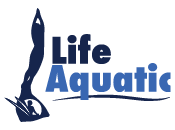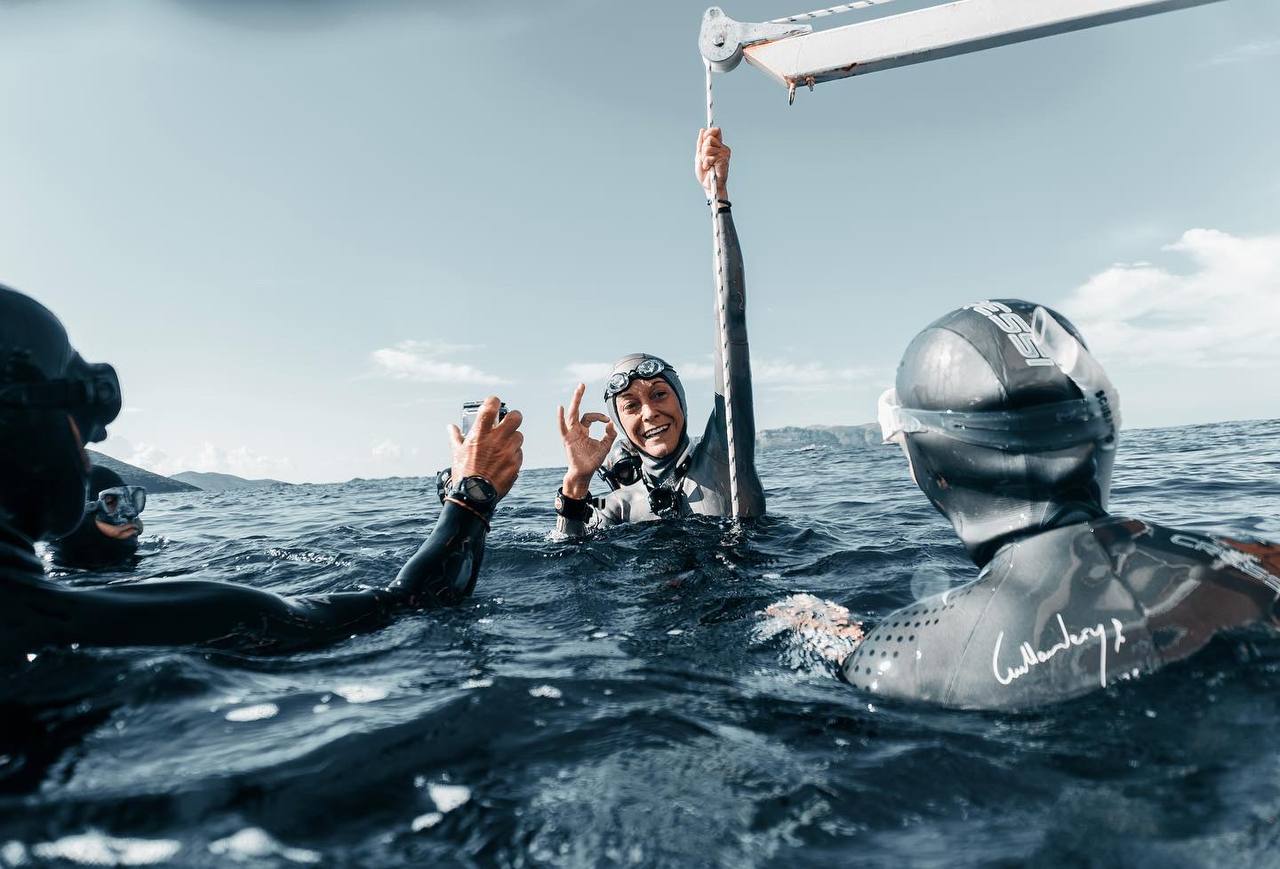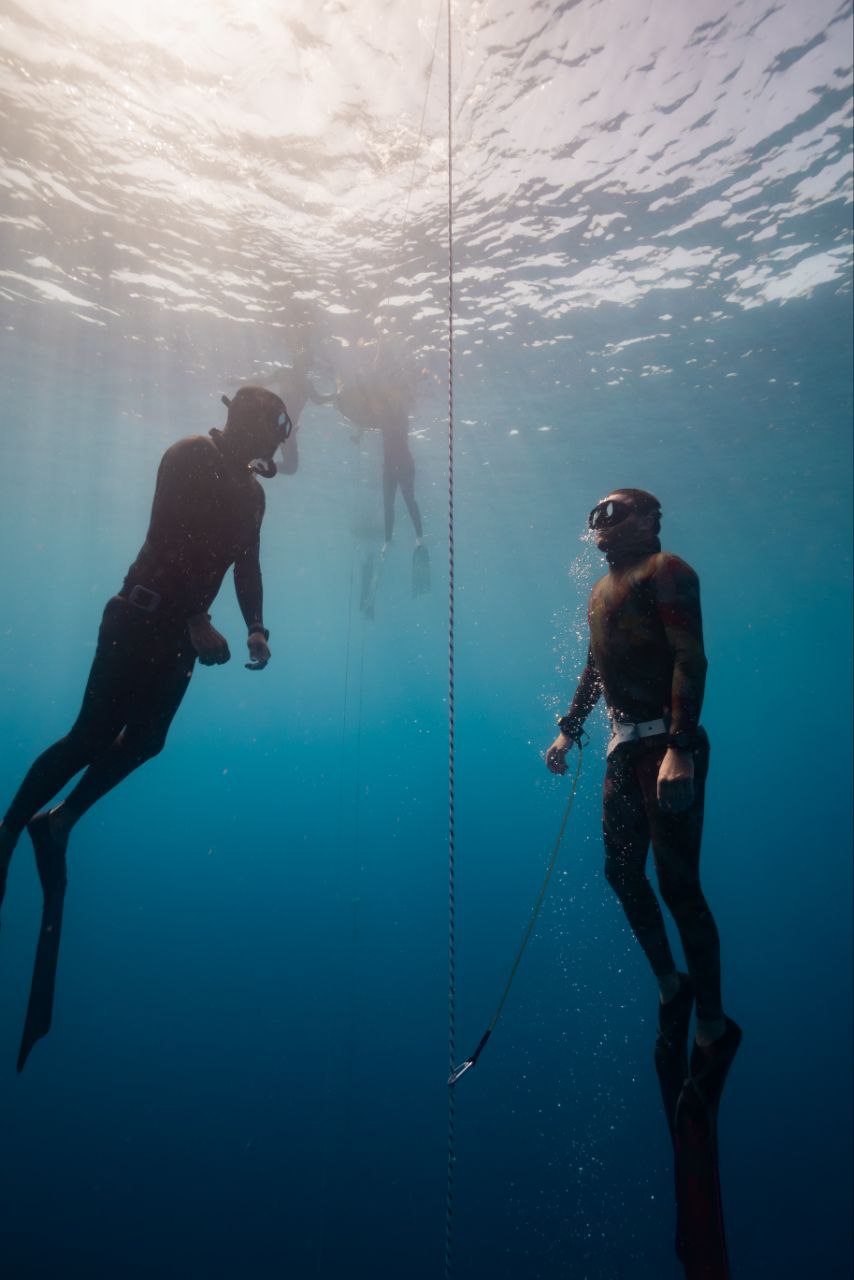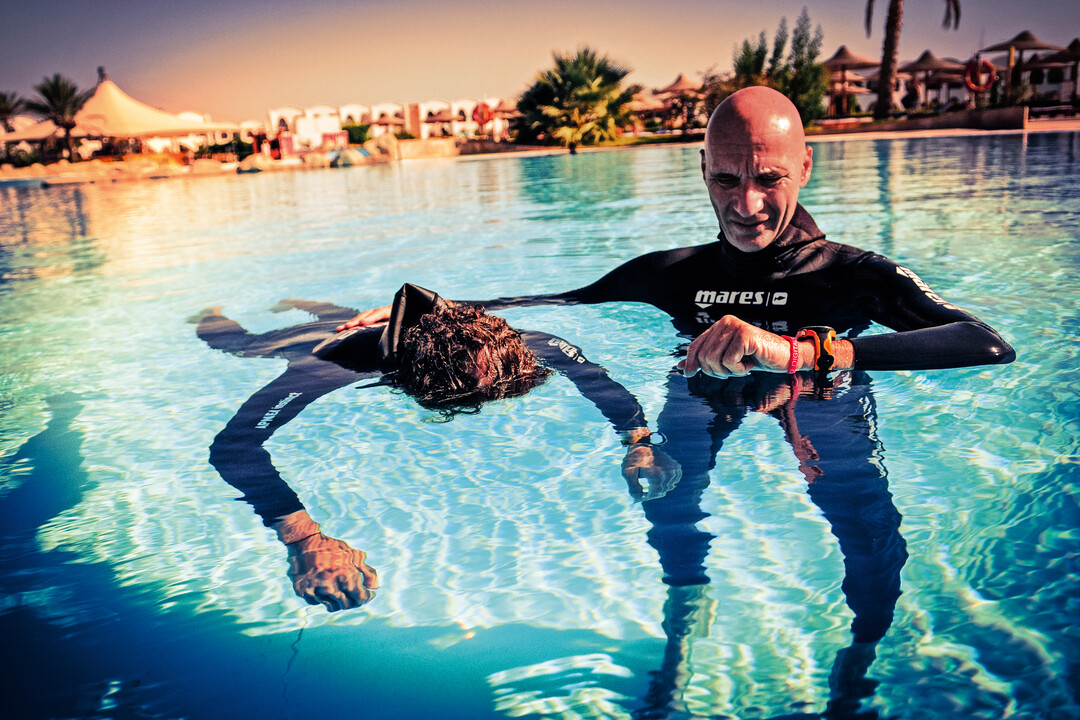Advanced Freediving Equipment
What is freediving lanyard?
A freediving lanyard is a safety device used by freedivers to help them monitor their depth during a dive and prevent them from diving too deep or staying submerged for too long. It is a simple but crucial tool that allows the freediver to keep track of their dive and signal their dive partner or safety diver in case of an emergency.
The lanyard is typically a long cord or line that is attached to the freediver’s wrist or ankle on one end and to a weight or marker buoy on the other end. As the diver descends, the lanyard unwinds from the buoy, indicating the depth of the dive. When the diver reaches their maximum depth or time limit, they pull on the lanyard, causing the buoy to be released and float to the surface, signaling the end of the dive.
The freediving lanyard is an essential safety tool for freedivers, as it helps them maintain a safe and controlled dive, and allows their dive partner or safety diver to monitor their progress and provide assistance if necessary.
What is fluid google for freediving?
Fluid goggles, also known as fluid-filled goggles, are a type of diving mask specifically designed for freediving and spearfishing. Unlike traditional diving masks, which are filled with air, fluid goggles are filled with a special fluid that has similar optical properties to water, allowing the freediver to maintain clear vision and depth perception while underwater.
The fluid inside the goggles is typically a mixture of water and glycerin, which has a refractive index that is similar to that of water. This means that light passes through the fluid and the water in the same way, minimizing the distortion and refraction that can occur with traditional air-filled masks.
By using fluid goggles, freedivers can achieve better visibility and depth perception, making it easier to navigate underwater and locate prey. The goggles also provide a more secure fit than traditional masks, reducing the risk of leaks or dislodging during a dive.
Fluid goggles are a popular choice among freedivers and spearfishers, but they can be more expensive than traditional diving masks. They require careful maintenance and cleaning to prevent the fluid from becoming contaminated or cloudy.
What is Monofin?
A monofin is a type of swim fin that consists of a single, large fin blade that is attached to the diver’s feet. Unlike traditional swim fins, which have separate blades for each foot, a monofin connects both feet to a single, dolphin-like fin that allows the diver to move through the water with greater speed and efficiency.
Monofins are commonly used in freediving, finswimming, and underwater sports, where speed and propulsion are important. They are also used in synchronized swimming and artistic swimming, where the swimmer’s movements are coordinated with music and other swimmers.
The design of the monofin allows the diver to create a powerful, undulating motion that mimics the movement of marine mammals like dolphins and whales. The large surface area of the fin blade generates a greater amount of thrust with each kick, allowing the diver to travel farther and faster with less effort.
There are different types of monofins available, including those made from fiberglass, carbon fiber, or other lightweight materials. They come in a variety of shapes and sizes, and can be customized to fit the individual diver’s foot size and swimming style.
What is noseclip for freediving?
A nose clip is a small device that is worn by freedivers to help them control their breathing and equalize the pressure in their sinuses and ears during a dive. It is a simple but important tool that allows freedivers to perform deep dives without the discomfort or risk of injury that can occur when the sinuses and ears are not properly equalized.
During a dive, the pressure of the water increases as the diver descends, which can cause the air in the sinuses and ears to compress and become trapped. This can result in discomfort, pain, or even injury to the ears or sinuses if the pressure is not equalized. By wearing a nose clip, the freediver can pinch their nostrils closed and blow air into their ears and sinuses, equalizing the pressure and preventing injury.
Nose clips are typically made from plastic or metal and are designed to fit comfortably over the nose. They can be adjusted to fit the individual’s nose size and shape and are often used in combination with other freediving equipment such as fins, a wetsuit, and a diving mask. Some nose clips also come with a strap that attaches to the diver’s head, ensuring that the clip stays in place during a dive.
Overall, a nose clip is an essential tool for freedivers, allowing them to perform deep dives safely and comfortably while reducing the risk of injury or discomfort.
What is counterweight system for freediving?
A counterweight system is a piece of equipment used in freediving to help divers achieve neutral buoyancy and conserve energy while diving. The system consists of one or more weights that are attached to a line, which is in turn attached to the freediver’s body. By adjusting the amount of weight on the line, the freediver can achieve neutral buoyancy at different depths and conserve energy by reducing the amount of effort required to swim.
The counterweight system is typically used in conjunction with a buoyancy compensator (BC) vest, which allows the diver to control their buoyancy by adding or releasing air from the vest. By adjusting the amount of air in the vest and the amount of weight on the line, the freediver can achieve neutral buoyancy and remain at a specific depth without having to swim or kick to maintain their position.
The counterweight system is particularly useful for freedivers who perform deep dives, as it allows them to conserve energy and reduce the risk of injury or exhaustion. It is also used by spearfishers, who can use the system to maintain a specific depth while waiting for prey.
Counterweight systems come in a variety of sizes and configurations, depending on the needs of the individual diver. Some systems consist of a single weight, while others may have multiple weights on a single line or multiple lines with different weights. They are typically made from lead or other heavy materials and are designed to be durable and easy to use.
What is neck weight for freediving?
A neck weight is a piece of equipment used in freediving to help divers achieve neutral buoyancy and improve their body position while diving. The weight is worn around the neck and is designed to offset the positive buoyancy of the lungs and upper body, allowing the freediver to achieve a more horizontal position in the water.
By wearing a neck weight, the freediver can achieve a more streamlined position in the water, reducing drag and allowing them to move more efficiently through the water. The weight also helps to conserve energy by reducing the amount of effort required to maintain a horizontal position.
Neck weights are typically made from lead or other heavy materials and are designed to be adjustable to fit the individual diver’s neck size and weight preference. They are often used in combination with a wetsuit and other freediving equipment such as fins, a diving mask, and a nose clip.
Neck weights are particularly useful for freedivers who perform deep dives or spend extended periods of time underwater, as they can help to improve their diving performance and reduce the risk of fatigue or injury. They are also used in competitive freediving, where small improvements in body position and efficiency can make a significant difference in a diver’s performance.
Overall, a neck weight is an important piece of equipment for freedivers who want to improve their body position and achieve neutral buoyancy while diving. It is a simple but effective tool that can help to improve diving performance and reduce the risk of injury or fatigue..







